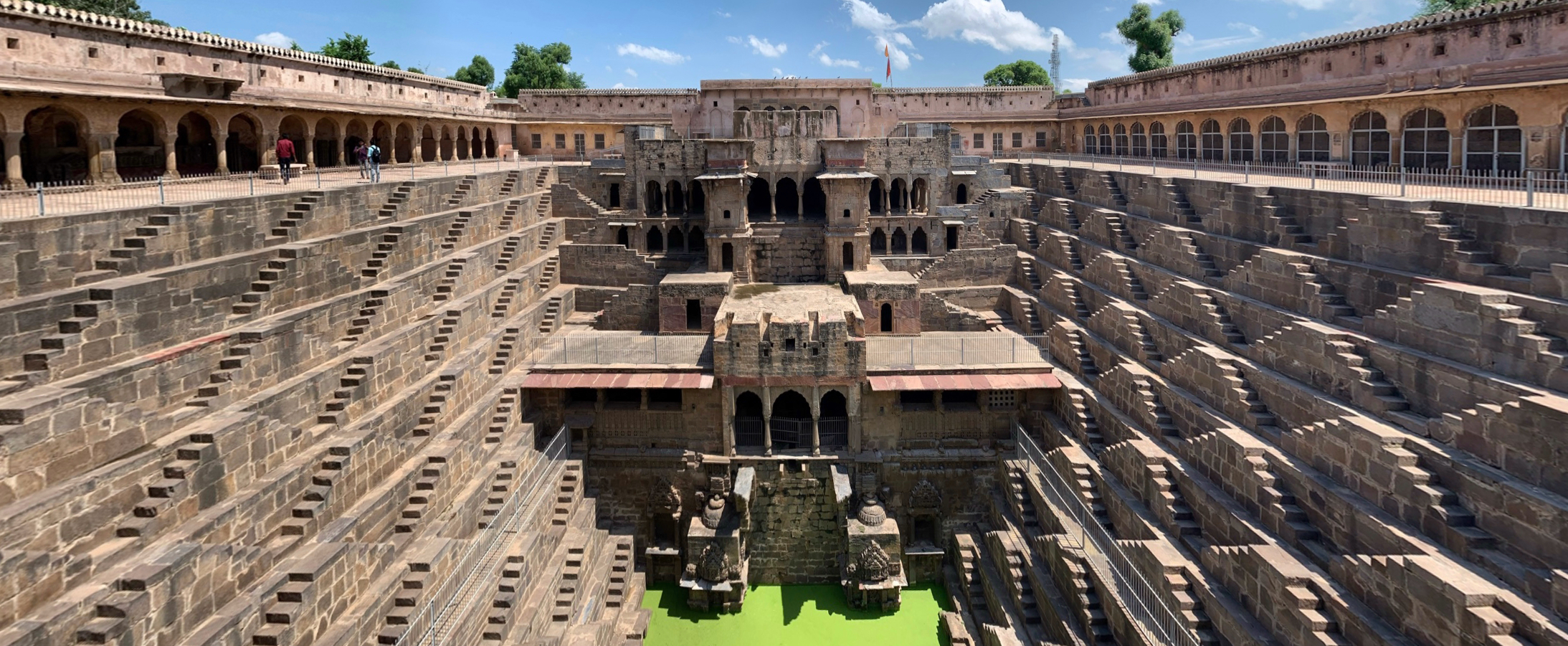Sariska Tiger Reserve stands as a testament to India's evolving relationship with wildlife conservation, transforming from royal hunting grounds to a crucial sanctuary for endangered species. Nestled in the Aravalli Hills of Alwar, Rajasthan, this reserve's journey reflects the changing attitudes towards wildlife preservation and the delicate balance between human society and natural ecosystems.
The reserve's history stretches back centuries, intertwining with the rich tapestry of Indian mythology and historical narratives. Ancient texts, including the Mahabharata, mention this region, highlighting its historical significance. The area gained particular prominence under the Bargujar Kings during the Gujara Pratihara empire's reign in northern India, establishing its importance long before its modern incarnation as a wildlife sanctuary.
The formal protection of Sariska began in the mid-20th century, marking a significant shift from its historical role as hunting grounds for the princely state of Alwar. The year 1955 saw its initial notification as a Wildlife Reserve, followed by its elevation to Wildlife Sanctuary status in 1958. The watershed moment came in 1979 when Sariska was designated as a Tiger Reserve under Project Tiger, India's ambitious conservation initiative, cementing its position as a crucial habitat for the nation's tiger population.
The early 2000s brought a devastating crisis to Sariska when its entire tiger population was decimated by poaching activities. This catastrophic event, linked to notorious poacher Sansar Chand and involving local complicity, exposed the vulnerabilities in India's conservation framework. The absence of tigers created a cascading effect throughout the ecosystem, leading to an imbalance in herbivore populations and subsequent impacts on vegetation patterns.
In response to this crisis, authorities launched an unprecedented tiger reintroduction program in 2008, marking the first such initiative in India. This bold conservation effort has yielded remarkable results, with the tiger population rebounding to 34 individuals, including adults and cubs, as of recent counts. This success story represents not just a numerical achievement but a triumph of conservation strategy and ecosystem management.
The landscape of Sariska presents a diverse tapestry of habitats, encompassing rugged mountains, expansive grasslands, and dry deciduous forests. This varied terrain supports an impressive array of wildlife beyond its famous tigers, including leopards, jungle cats, rhesus macaques, sambhar, chital, and wild boar. The reserve serves as a critical biodiversity hotspot and functions as an essential green corridor in the region, maintaining ecological balance across the broader landscape.
The human dimension of Sariska adds another layer of complexity to its conservation story. Indigenous communities, particularly the Gujjars and Meenas, have maintained a centuries-old relationship with these forests. Their traditional practices and cultural beliefs, which often include reverence for wildlife, have contributed to conservation efforts while also presenting challenges in terms of resource management and land use. The reserve's management continues to navigate these complexities while working to preserve both natural heritage and community interests.
Contemporary challenges facing Sariska include ongoing issues with encroachment, mining activities in buffer zones, and bureaucratic hurdles in land management. Despite these obstacles, the reserve continues to evolve as a model of conservation success, demonstrating the possibility of recovery from near-catastrophic wildlife losses. Its proximity to the National Capital Region adds to its significance, making it an accessible showcase for India's wildlife conservation efforts and a vital resource for environmental education and research.






